As we explained in our introduction to this series, workstations are considerably more than just powerful PCs. Brute performance may be the basis of a system you intend to use for high-end desktop computing tasks like 3D animation, CAD/CAM, engineering and product design. But there is much more to a workstation than a high-end rig aimed at general work usage or gaming. There are many more variations within the Intel Xeon processor range than Core i7, and whilst the professional graphics cards have a family relationship with their consumer counterparts, the specification of these and driver accreditation make them very different beasts, too.
Read PART 1 first – over HERE.
Over the course of this new series, KitGuru will be guiding you through exactly what to look for in a workstation, depending on the kind of work you would like to perform. We will be using a gruelling suite of benchmarks to separate the wheat from the chaff, and running all of them on three different workstation specifications using three different Intel processors, with four different NVIDIA Quadro professional 3D accelerators.
All of the workstations and cards were kindly supplied by Wakefield-based PC Specialist. In this first article, we introduce the three specifications in detail and provide some initial test results with the Maxon Cinebench R15 benchmark.
Test Systems
We were supplied with three different workstations specifications by PC Specialist, all of which incorporated Intel Haswell-generation CPUs. The entry-level system was based around an Intel Core i7-5820K. Although most workstations use the Xeon range, a Core i7 can still be a very potent choice for those on a budget, and the 5820K is one of our favourites. In particular, with good cooling it can be permanently overclocked to a commendable level, and most workstation manufacturers that sell this kind of specification will still provide a long (often three-year) warranty for the overclock.
The 5820K is natively a six-core CPU running at 3.3GHz. But as with all the Intel processors used in this test, Hyper-Threading is available to double the virtual core count, so in this case the 5820K has 12 threads on offer. In our testbed workstation, the processor has been permanently overclocked to 4.4GHz, although this still uses Turbo Boost, so the CPU will drop down to 1.2GHz when idle. The entry-level workstation was equipped with 16GB of 2,133MHz DDR4 memory.
The midrange workstation used a Xeon E5-2660v3 instead. This is a ten-core processor running at a native 2.6GHz. However, a single core can reach 3.3GHz via Turbo Boost, and Hyper-Threading means there are 20 virtual cores available. The high-end system used a Xeon E5-2697v3, which also has a native 2.6GHz clock speed but sports 14 physical cores, and a higher 3.6GHz top Turbo Boost mode. So this CPU offers 28 virtual cores, thanks to Hyper-Threading. The midrange system was supplied with 32GB of 2,133MHz DDR4, and the high-end system with 64GB of the same memory type.
Apart from the CPU and RAM, the three workstations were absolutely identical – inside and out.
All used an ASUS X99-E WS motherboard and CoolerMaster Hyper 212 EVO processor cooler with a 120mm fan, as well as identical 750W Corsair CS Series Modular 80 Plus Gold PSUs. They all came with 240GB Kingston HyperX 3K solid state disks for operating system and applications, plus a secondary 2TB Western Digital Caviar Black WD2003FZEX 7,200rpm SATA hard disk for general data, although the latter didn't feature in our testing at all. The graphics cards were attached to identical AOC TFTs.
PC Specialist Entry-Level Workstation Specifications:
- Intel Core i7-5820K @ 4.4GHz
- 16GB ECC DDR4 SDRAM @ 2,133MHz
- ASUS X99-E WS Motherboard
- 240GB Kingston HyperX 3K SATA III 6Gb/s SSD
- 2TB Western Digital Caviar Black WD2003FZEX SATA III 6Gb/s HDD
- CoolerMaster Hyper 212 EVO (120mm) Fan CPU cooling
- Corsair 750W CS Series Modular 80 Plus Gold PSU
- Corsair Carbide Series 200R Compact chassis
- Windows 8.1 Pro 64bit
- £1,399 inc VAT (without graphics card)
PC Specialist Midrange Workstation Specifications:
- Intel Xeon E5-2660v3 @ 2.6GHz
- 32GB ECC DDR4 SDRAM @ 2,133MHz
- ASUS X99-E WS Motherboard
- 240GB Kingston HyperX 3K SATA III 6Gb/s SSD
- 2TB Western Digital Caviar Black WD2003FZEX SATA III 6Gb/s HDD
- CoolerMaster Hyper 212 EVO (120mm) Fan CPU cooling
- Corsair 750W CS Series Modular 80 Plus Gold PSU
- Corsair Carbide Series 200R Compact chassis
- Windows 8.1 Pro 64bit
- £2,199 inc VAT (without graphics card)
PC Specialist High-End Workstation Specifications:
- Intel Xeon E5-2697v3 @ 2.6GHz
- 64GB ECC DDR4 SDRAM @ 2,133MHz
- ASUS X99-E WS Motherboard
- 240GB Kingston HyperX 3K SATA III 6Gb/s SSD
- 2TB Western Digital Caviar Black WD2003FZEX SATA III 6Gb/s HDD
- CoolerMaster Hyper 212 EVO (120mm) Fan CPU cooling
- Corsair 750W CS Series Modular 80 Plus Gold PSU
- Corsair Carbide Series 200R Compact chassis
- Windows 8.1 Pro 64bit
- £3,249 inc VAT (without graphics card)
To illustrate a wide range of possible workstation specifications, we used four cards from NVIDIA's current Quadro range. These were the K620, K2200, K4200, and K5200. This wasn't the entire range – we didn't include the super-low-end K420, the mid-range K1200 or the ultra-high-end K6000 or M6000. The cards we chose represent the most frequently supplied graphics in workstations aimed at mainstream applications.
The K620 is a basic professional 3D accelerator. It still sports 384 CUDA cores, which is a decent quantity, and offers 2GB of frame buffer, but the latter is just DDR3 and the memory interface 128-bit, so only 29GB/sec bandwidth is available. The K2200 is much more potent as a 3D accelerator, with 640 CUDA cores and 4GB of GDDR5 memory, offering 80GB/sec bandwidth. With the K4200 we enter the high end. This card provides 1,344 CUDA cores, and although it has the same 4GB of GDDR5 memory, the 256-bit bus means the bandwidth is more than doubled compared to the K2200, to 173GB/sec. Finally, the K5200 is an ultra-high-end card with 2,304 CUDA cores and a whopping 8GB of GDDR5 memory. Like the K4200, it has a 256-bit memory bus, but faster memory ensures 192GB/sec of bandwidth.
Test Software
Maxon Cinebench R15
CrystalDiskMark
For this initial article, we have chosen to merely give a taste of the performance conclusions we will be making over the series. So we are only showing results with Maxon Cinebench R15, and CrystalDiskMark. The latter is included to show the slight variance in the Intel Core i7 and Xeon platforms for disk subsystem performance, although this has very little effect on graphics or rendering, which are the key areas of interest for 3D workstation users.
Maxon Cinebench R15
CINEBENCH R15 is a cross-platform testing suite that measures hardware performance and is the de facto standard benchmarking tool for leading companies and trade journals for conducting real-world hardware performance tests. With the new Release 15, systems with up to 256 threads can be tested.
CINEBENCH is available for both Windows and OS X and is used by almost all hardware manufacturers and trade journals for comparing CPUs and graphics cards.
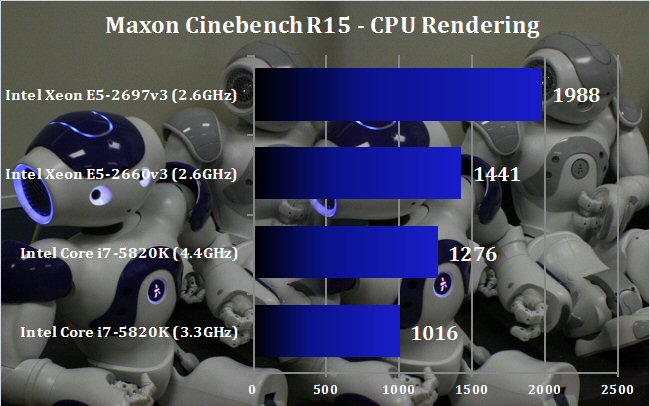
The Cinebench R15 CPU rendering test shows where the strength of the multi-core Intel Xeons lie. The 14-core E5-2697v3 rules the roost, with a rendering score almost twice that of the Intel Core i7-5820K when the latter is running at its stock 3.3GHz. However, when overclocked to 4.4GHz, the Core i7 gains over 25 per cent performance, showing the value of the higher frequency with this particular workload. Nevertheless, for rendering, cores are king, and the more of these you have the better.
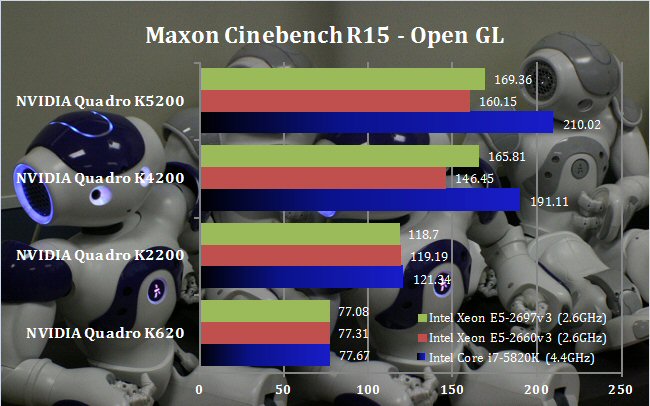
The OpenGL graphics modelling results show a much more interesting story than the rendering, and begin to illustrate why just buying an expensive Xeon is not necessarily the optimum choice for a workstation. It's clear from these graphs that the NVIDIA Quadro K620 is the limitation in systems that use it, as it gets the same result whatever the host CPU. The same is pretty much true with the Quadro K2200, although this is a significantly more powerful graphics card.
However, with the K4200 and K5200, the underlying CPU clock speed starts to come into play. Modelling applications are generally only using a single processor thread, so having more cores is usually irrelevant. More important is how fast a single core can run. The Xeon E5-2697v3 has a higher Turbo Boost mode (3.6GHz) than the Xeon E5-2660v3 (3.3GHz), so it achieves faster performance with the K4200 and K5200. However, the Intel Core i7-5820K's 4.4GHz clock speed conquers all, and in Maxon Cinebench R15 allows it to achieve significantly faster results. This may not be the case with every application, but if you're modelling (as opposed to rendering) with Maxon Cinema 4D, a fast Intel Core i7 with high-end graphics will give you the smoothest workflow experience, even if a multi-core Xeon will render out the results more quickly afterwards.
Below are all the screengrabs from the runs of Maxon Cinebench R15 we performed across the 13 different configurations:
CrystalDiskMark
CrystalDiskMark is a useful benchmark to measure theoretical performance levels of hard drives and SSD’s. We are using V3.0.4 x64. We use this program to test the Kingston Solid State Drives in the three different base systems. Surprisingly, there was a variance in performance across the three configurations, despite the identical motherboards used. First up, the entry-level system, with its Intel Core i7-5820K:
Surprisingly, the Core i7 ruled the roost in sequential, as well as 512K and 4K random reads and writes. The overclock PC Specialist had applied clearly increased the bus speed to the SSD, providing a few percent extra performance in these tests.
These are the results for the midrange Intel Xeon E5-2660v3 system:
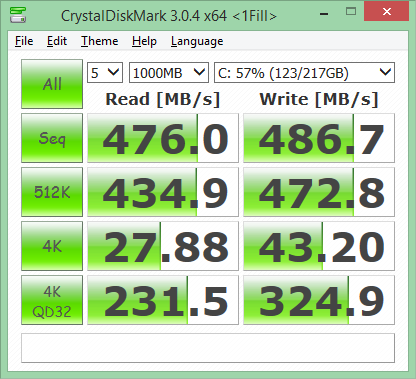
The sequential and random reads and writes are slower than for the Intel Core i7 system, but the QD32 test, which increases the Queue Depth, pushes things back in the Xeon's favour, particularly with writing.
Here are the results for the high-end Intel Xeon E5-2697v3 system:
Sequential and random read / write scores are very similar to the other Xeon, but the QD32 scores are even better. Again, we see a variance in abilities between the clock-oriented Core i7 and the core-count-oriented Xeons, with neither one an outright winner in every category, although the Core i7's clock speed provides benefits in most areas.
Closing Thoughts
Our initial article provides just a taste of things to come in this series. Whilst lots of cores clearly dominate when doing a multi-threaded task like 3D rendering – so the more you have, the better the performance – they're not so relevant for modelling, at least when using Maxon Cinema 4D, which is an increasingly popular 3D animation tool in film, TV and advertising. With this application, it's possible to get much more out of the top-end NVIDIA Quadro graphics cards from Intel CPUs with higher single-core clocks speeds. However, the clock speed doesn't make much of a difference with lower-end Quadros such as the K2200 and K620.
Our initial conclusion, therefore, is not that a Core i7 is better than a Xeon for modelling, so much as that you don't lose anything, and maybe gain quite a bit, from an overclocked Core i7, which will be considerably cheaper than a Xeon with more cores. If, on the other hand, you use the same workstations for rendering as for modelling, a Xeon will still be a better choice. You lose a bit in modelling performance due to the lower maximum clock speed, but rendering will be significantly quicker. It's worth noting that the price differential between a Core i7-3820K and a Xeon E5-2660v3 is about £800, and a Xeon E5-2697v3 is about £1,000 more than that. So the savings from using a Core i7 can be considerable.
Turning to our four graphics cards, the NVIDIA Quadro K620 offers professionally accredited drivers, so you can at least run professional applications, but doesn't have the performance for heavy-duty modelling tasks. So it's a decent choice for a workstation that is more frequently used for rendering, and costs less than £200. For around £200 more, however, the K2200 provides much more viable performance, making it the best option for those on a tight budget. Around twice the price gets you the K4200, which is about the best balance of power and price in the Quadro range, explaining its popularity. For around £1,000 more, the K5200 isn't such good value, as the performance improvement isn't so enormous as the price delta. It's only worth choosing if modelling fluidity is really key to your workflow.
In future articles we will be putting these workstations and graphics cards through their paces with a range of industry-standard workstation testing software, including SPECviewperf 12, the Cadalyst benchmark for Autodesk AutoCAD, and SPECapc for 3ds Max. With these tests, different CPU and graphics card combinations could prove optimal compared to our results for Maxon Cinema 4D. So don't forget to check back to see the more detailed picture in our future articles.
Intel Core i7-5820K System Pros:
- Good price for a professional workstation
- Best performance with higher-end graphics
Cons:
- Fewer cores mean slower rendering than top Xeons
Intel Xeon E5-2660v3 System Pros:
- Midrange price for a professional workstation
- Better rendering than a Core i7
Cons:
- Reduced performance with high-end graphics compared to Core i7
- Significantly more expensive than Core i7
Intel Xeon E5-2697v3 System Pros:
- Best 3D rendering performance
Cons:
- Reduced performance with high-end graphics compared to Core i7
- Very expensive
Kitguru says: In our initial tests, the multi-core Xeons win out for multi-threaded tasks like rendering, but an overclocked Core i7 rules the roost in most modelling tasks – given the right graphics card.
 KitGuru KitGuru.net – Tech News | Hardware News | Hardware Reviews | IOS | Mobile | Gaming | Graphics Cards
KitGuru KitGuru.net – Tech News | Hardware News | Hardware Reviews | IOS | Mobile | Gaming | Graphics Cards


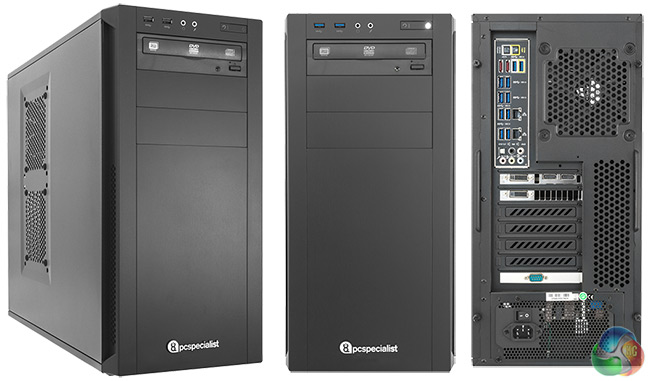
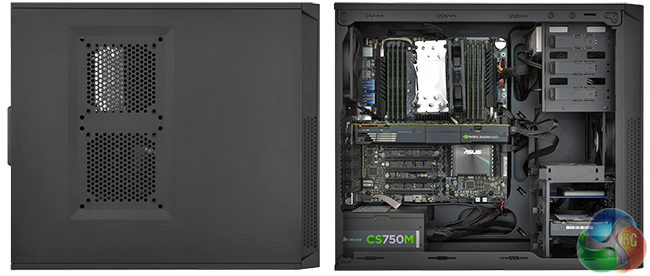

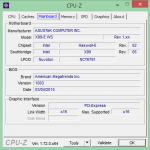
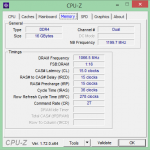
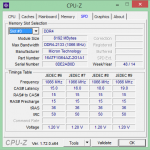
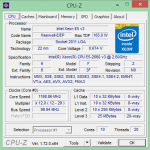

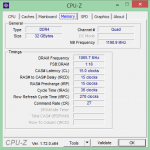
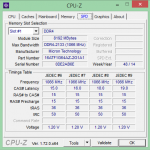
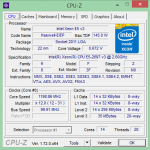
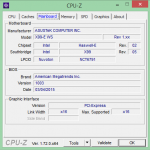
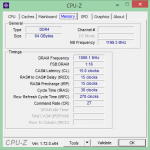
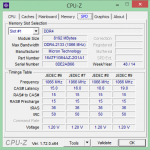
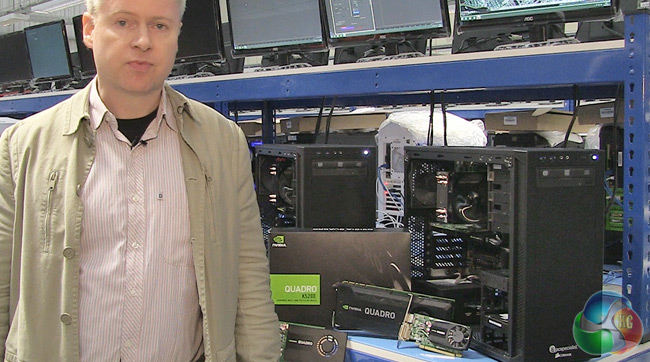
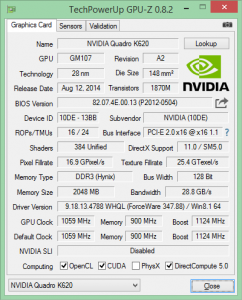
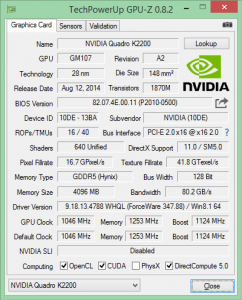
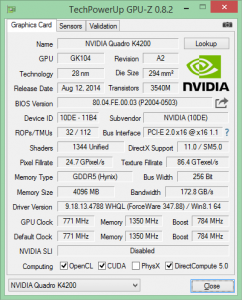
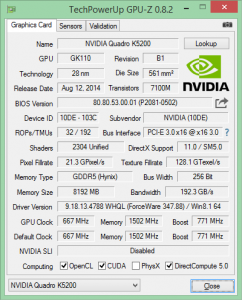
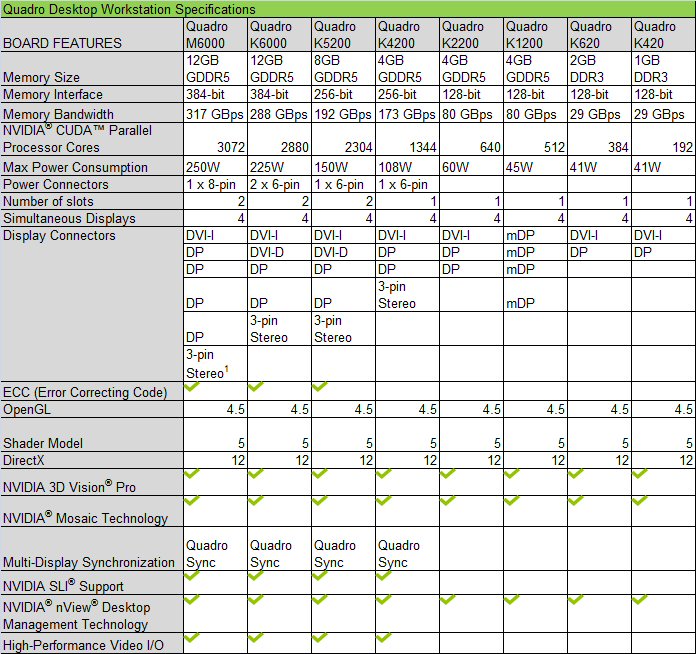













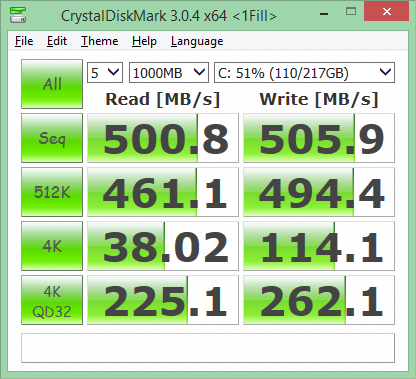


This reminds me of this : https://www.youtube.com/watch?v=U5Npt1BSF04
►►► $73.. per-hr @mi9//
,,
➨➨➨https://WorldStarHipHopHosts.com/skills/help…
☠☠☠☠—-.✉✉✉✉☠i like kitguru -in-law makes $86 /hr on the laptop . She has been out of work for 6 months but last month her paycheck was $14455 just working on the laptop for a few hours. check out the post right here > Find More
Good video!
So you havent done a single test in any of demanding programs like premiere, vegas, ae, maya, 3dmax or even blender? Why would I buy an quadro above gtx 780 (for example) the second one is cheaper and has more cores, Id love to see some actual benchmarks proving quadro is or is not actually better in such usage.